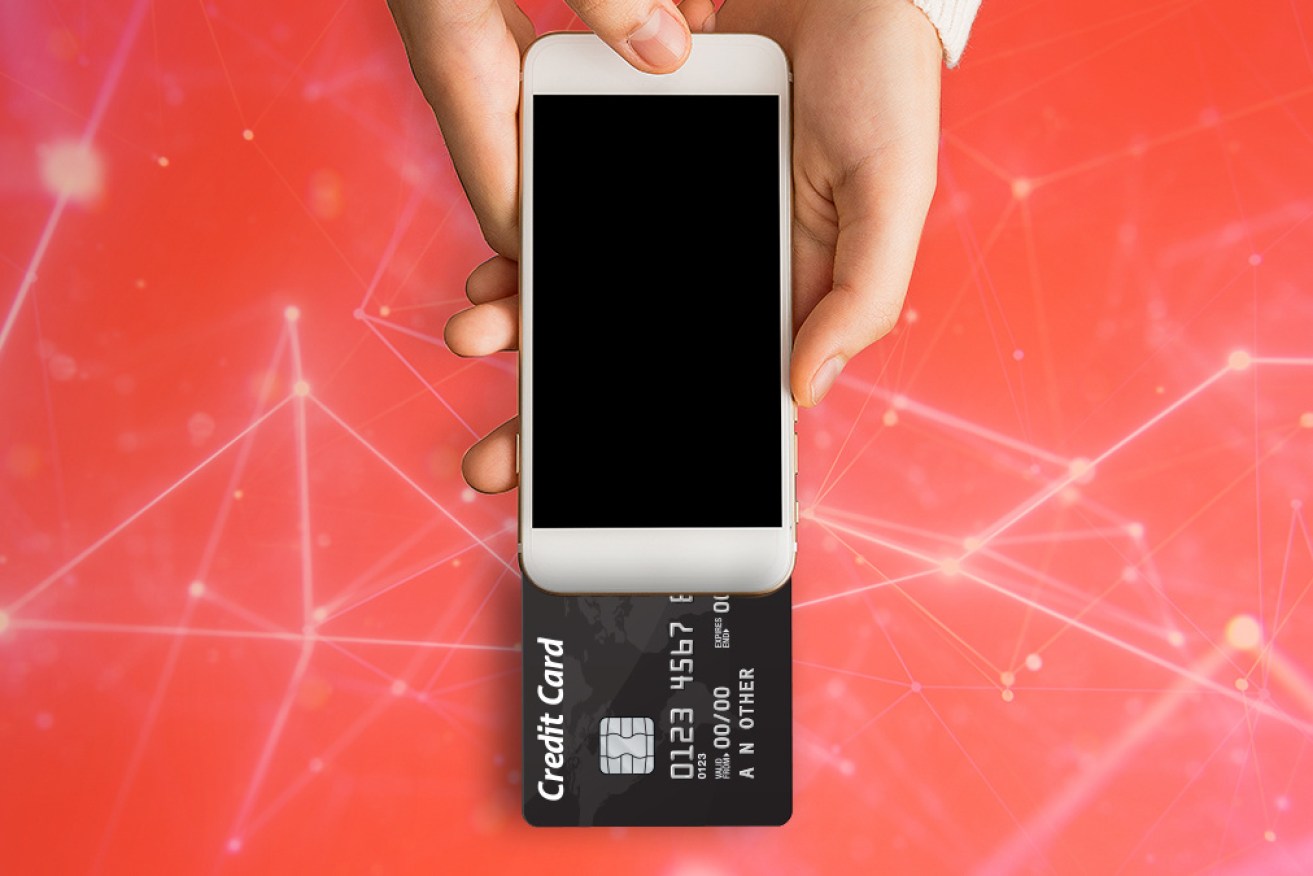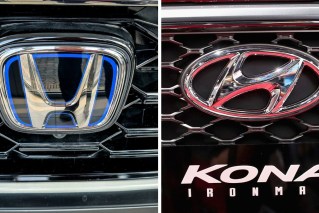NAB’s move signals digital wallets are ‘the future’ of payments in Australia


Digital wallets like Apple Pay and Google Pay are set to become the norm. Photo: Getty
NAB has become the third big four bank to offer Apple Pay, further cementing cardless payments as a major development in Australia’s financial landscape.
The bank’s May 21 decision to allow customers to store their card details on their iPhones and make payments using the phones’ specially-designed hardware seess NAB follow the lead of ANZ in 2016 and Commonwealth Bank in January 2019.
Cardless payments are currently only used by a bit more than 10 per cent of consumers, but A.J. Duncanson – data science director for finance comparison website Mozo – told The New Daily that this is quickly changing.
“There’s no question that mobile banking and mobile payments are the way of the future, and the pace of change is only going to increase as things become more and more widely accepted,” he said.
“Every time a new major bank decides to offer it, it will increase the rate of change and eventually everyone else will need to catch up.”
How safe are cardless payments?
Cyber security is a real concern for most people, especially when it comes to their finances. A global study published by KPMG in April even found that 39 per cent of people in Australia and the broader Asia Pacific region have already had their financial information compromised.
While the report didn’t outline precisely how those two-fifths of the population were affected, it did find that mobile apps were the number one reason for concern among consumers, with 78 per cent of respondents saying they were concerned about their apps being compromised.
Those figures could leave consumers understandably reluctant to hand over their bank details to third-party services like Apple Pay or Google Pay, but Mr Duncanson said there’s no more risk involved with these services than other commonly used payment systems.
“People should always be careful with access to their online identity, and their money, but I don’t think there’s any brand new security concerns that come with Apple or Google beyond the risks we already deal with using other forms of payment,” he said.
“There are of course additional questions about how people’s individual transaction data could potentially be used – whether it might be to determine eligibility for a loan or to tailor advertising and cross-promotions – but that’s also true of the big banks, who no doubt see data as an important new profit driver.”
Mr Duncanson also noted that Australian banks don’t charge additional fees for the use of Apple Pay or its Android-based rival, Google Pay.
Westpac lag behind
NAB’s decision to offer Apple Pay leaves Westpac as the only remaining big four bank not to provide the service to customers.
A spokesperson for the bank said “it is part of our ongoing strategy” to provide customers with new technology and tools to make banking easier, and as such Westpac “remain open to considering Apple Pay”.
No indication was given as to when the bank might consider Apple Pay, but Westpac already allows cardholders to use other digital wallet services like Google Pay, Android Pay, and its own Beem It app – developed alongside Commonwealth Bank and NAB.
Those three banks also went to the ACCC in July 2016 hoping for authorisation to “engage in limited collective negotiation” with Apple over access to the company’s near-field communications chips which enable iPhones to make payments. The ACCC denied that request.








